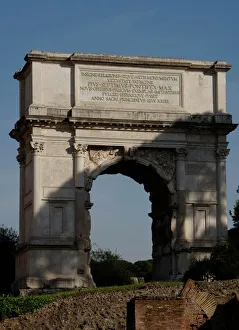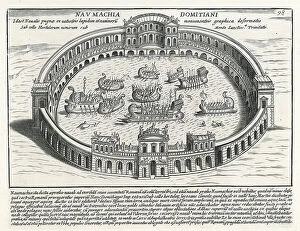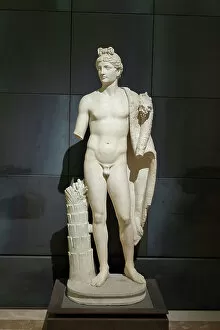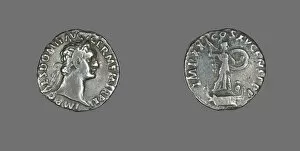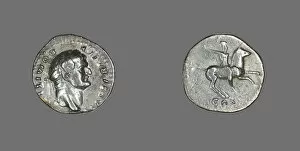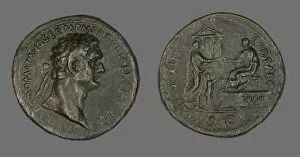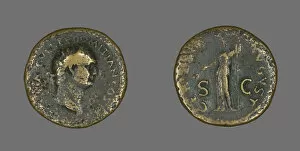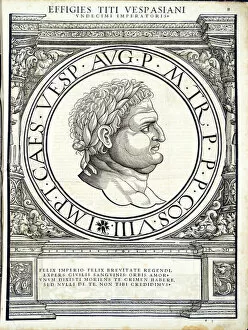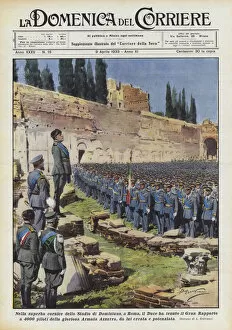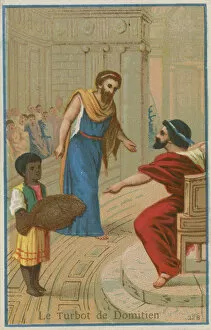Domitian Collection
Domitian, also known as Titus Flavius Domitianus, was a Roman Emperor who reigned from 51 to 96 AD
All Professionally Made to Order for Quick Shipping
Domitian, also known as Titus Flavius Domitianus, was a Roman Emperor who reigned from 51 to 96 AD. His legacy can be seen throughout Rome, Italy, with various landmarks and artworks dedicated to him. One of the most prominent structures associated with the Arch of Titus in Rome. This magnificent arch stands as a symbol of victory and commemorates his brother's conquests in Jerusalem. Its intricate carvings depict scenes from the triumphal procession, showcasing their military achievements. Another notable site linked to the Naumachia of Domitian. This grand amphitheater was used for simulated naval battles and served as a testament to his love for extravagant spectacles. Artworks also pay homage to this influential emperor. A statue portraying a genius holding a cornucopia has been identified as representing Domitian himself. Made from marble, it showcases his power and prosperity during his reign. The Fountain of the Four Rivers and the Obelisk in Piazza Navona are further how he left an indelible mark on Rome's landscape. These stunning architectural marvels continue to captivate visitors today. Even religious institutions recognized his significance. The Altarpiece of the Guild of Joiners depicts scenes from biblical narratives but includes references to Domitian's patronage towards these craftsmen. Historical records provide glimpses into life during this period through engravings like "Rome in 1890. " These visual representations allow us to imagine what it might have been like during Domitian's rule. Lastly, coins minted during his reign offer insight into how he wanted to be perceived by future generations. An aureus coin portrays an image believed to be that of Emperor Domitian himself – a lasting testament to his authority and influence over Roman society.


